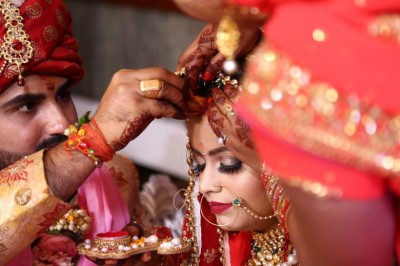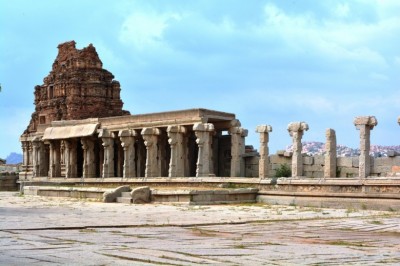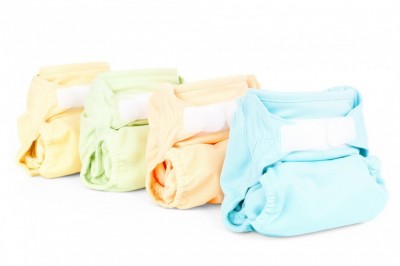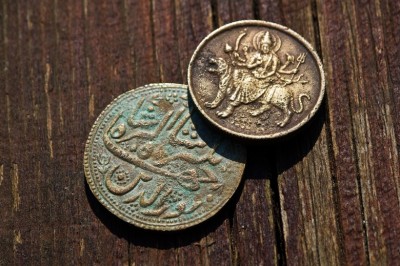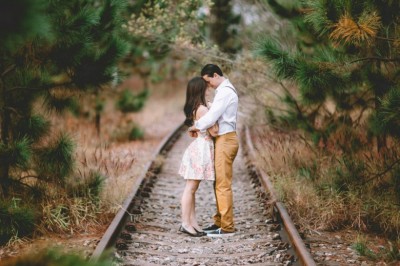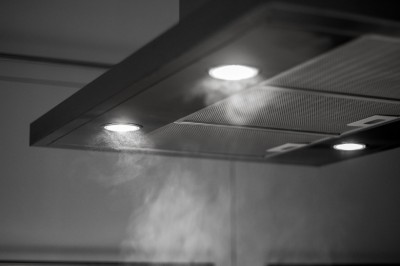Unique Ways to Drape the Indian Wedding Sari
Here, we look at the different ways to drape a sari so that you can look your best at your big fat Indian wedding! The most common and basic method to drape a sari is to have the sari draped around the waist, with one end (known as the pallu) draped over the shoulder. The upper garment is known as the choli and it usually has short sleeves and is cropped, baring ones midriff. You can read about it in the latter half of this article. Now for the many ways a bride can choose to drape her sari. Maharashtrian Ever seen the ubiquitous Indian mens dhoti? Well, Maharashtrians usually drape their saris much like a dhoti, with the centre of the sari held lengthwise and placed at the centre back, and the ends are brought forward and tied securely, after which these two ends are wraped around the legs. You will most likely see this style worn by women in Maharashtra and Karnataka in colors like red or bottle green. North Indian Women from North India especially Gujarat drape a sari in the usual way, just that the pallu is draped over the right shoulder instead of the left and more importantly, it is draped back-to-front rather than front-to-back. Bengali When draping a sari the Bengali way, one needs to leave 2 large pleats in the front. The pallu is wrapped twice around the top, which means that one needs to take the top border of the sari and place it on the left shoulder. Then, grasp the top border midway between the waist and shoulder and pull the sari out in front until there is enough length to wrap around till your mid back. Mumtaz Drape This is a very creative type of sari drape and a lot of women are opting for it today. For this type of drape, the sari is draped around the bride twice. This exudes a very slimming effect. However, it may be really hard to walk with this sari and you may end up feeling like a mermaid! Tuck Drape This too is quite a common style of draping. Basically, you drape the sari as you would a normal sari and keep the pallu from back to front like the Gujarati style of draping a sari. The only difference is that the edge of the pallu is then tucked in the front to give a wavy effect. It is perfect if theres a nip in the air. Tamil Pinkosu Pinkosu means "Pleats at the back". Now this type of sari can be seen in places like Tamil Nadu. One does not need to wear a petticoat, making this style a cool way to beat the heat. You begin draping the material one and a half times around the body, and the open spot on the left hip can be hidden with the pleat or even the pallu draped across the front and into the back of the waist. This type of sari draping is also known as the Dravidian style of draping. Karnataka In Karnataka, the sari is gathered at the womans waistline, while the pallu is held on the left shoulder. In Coorg especially, the sari is draped with pleats held at the backside, while the front section is puckered around the waistline. The remaining length of the sari is then draped around the breast which is then held on the right shoulder. Kerala In Kerala, a sari is usually seen in a light cream color with a delicate gold Zari border. The choli is usually in green or red. This style of a sari is different in the sense that it consists of 2 pieces of cream cloth, one of which is draped around the waistline, while the other is draped on the shoulder. Cholis The choli of a sari can be half sleeves, short sleeves, sleeveless or even full sleeves. Nowadays, cap sleeves and puffed sleeves are quite a trend. Or, if you want you could go in for a corset-style choli, an open back choli or even an off shoulders variety. A sari is indeed very basic attire worn by a majority of Indian woman on a daily basis. These are mostly seen in cotton due to the heat and humidity of India. It is such an eternal form of attire that it can also be worn on a night out and is customary at weddings in materials such as silk, Kanjeevaram and crepe. So go on and get as creative as you can with your wedding sari. Your wedding planner will be able to assist you in choosing the best wedding oufits that suit your style & personality.













